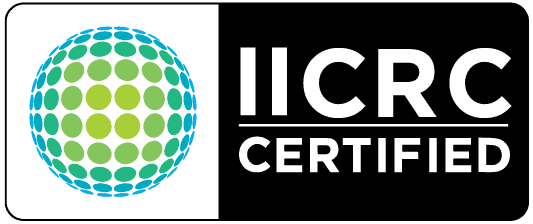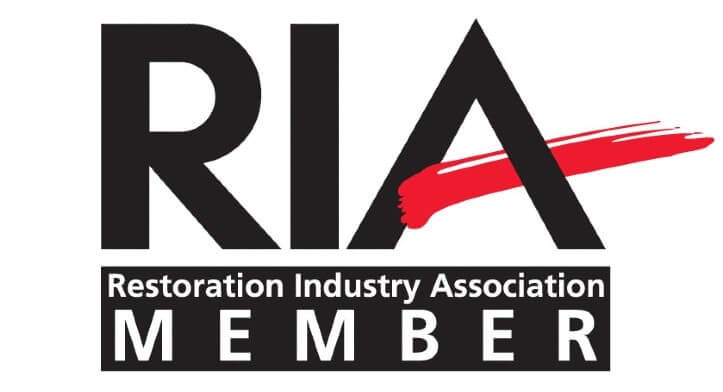How to Prevent Mold in Your Home
Understanding how to prevent mold in your home is crucial for maintaining a healthy living environment. While mold plays a natural role in our ecosystem, allowing it to thrive indoors can lead to serious health issues, including respiratory problems, sinus congestion, and irritation of the eyes, nose, or throat.
Mold spores are always present indoors and can grow on various surfaces—carpets, clothing, food, and especially in hard-to-reach areas like behind drywall, inside walls with leaking pipes, and above ceiling tiles. Mold and mildew can start to develop within 24 to 48 hours if moisture is not managed properly. If left untreated, the costs of mold remediation can escalate quickly.
Here are some essential tips on how to prevent mold in your home:
1. Keep Your Home Dry and Well-Ventilated
– Install Exhaust Fans: Use exhaust fans in moisture-prone areas like basements, bathrooms, and laundry rooms to enhance air circulation and reduce humidity.
– Shower Practices: Always run the bathroom fan or open a window during and after showers. After use, spread towels out and wipe down the shower with a clean towel or squeegee.
– Choose the Right Shower Curtain: Opt for shower curtains that are easy to clean and dry to prevent soap residue buildup, which promotes mold growth.
– Increase Air Circulation: Open windows and doors, move furniture away from walls, and use ceiling fans to improve airflow. According to the EPA, as temperatures drop, the air can hold less moisture.
2. Use Antibacterial Cleaning Products
– Clean Mildew: For mildew on durable fabric shower curtains, use a solution of ½ cup disinfectant in 1 gallon of hot water. Washing with detergent and bleach followed by rinsing is also effective.
– Upholstery Care: Take fabric and upholstery outside to brush off mildew, then clean with chlorine bleach and hot water.
– Natural Alternatives: Keep a spray bottle filled with 5% vinegar handy for a green cleaning option.
3. Monitor for Wet Spots
– Prompt Drying: Mold needs just 24 to 48 hours of moisture to begin growing. Address any seepage or leaks immediately. Dry water-damaged carpets and furniture outside if possible.
– Avoid Damp Clothes: Don’t leave wet items like clothes in the washing machine; hang them to dry in well-ventilated areas.
– Use Dehumidifiers: Utilize air conditioning units and dehumidifiers to keep indoor humidity levels low. Mold tends to thrive in temperatures above 70°F.
4. Repair Plumbing Leaks and Manage Foundation Moisture
– Check Drainage: Ensure the ground slopes away from your foundation to prevent water pooling. After heavy rain, inspect your basement or crawlspace for moisture.
– Foundation Vents: Install vents in crawlspaces to promote air circulation and moisture removal.
– Regular Gutter Maintenance: Clean roof gutters to prevent overflow, which can lead to mold growth.
Taking these proactive steps can help keep your home mold-free, safeguarding your family’s health and saving you from costly mold remediation bills. However, because mold spores are constantly in the air, complete prevention is nearly impossible, and getting rid of mold often requires professional assistance.
If you need mold removal in San Diego or have questions about water damage restoration, Certified Restoration is here to help. Contact us 24/7 for expert advice and assistance!
“Disclaimer: This article is for general information ONLY and is not intended to be legal, medical, or scientific advice. The proper approach to each project must be determined on a case-by-case basis. Certified Restoration always recommends that you call a certified restoration professional, especially when there are children, elderly, or individuals with health conditions residing in the property.



